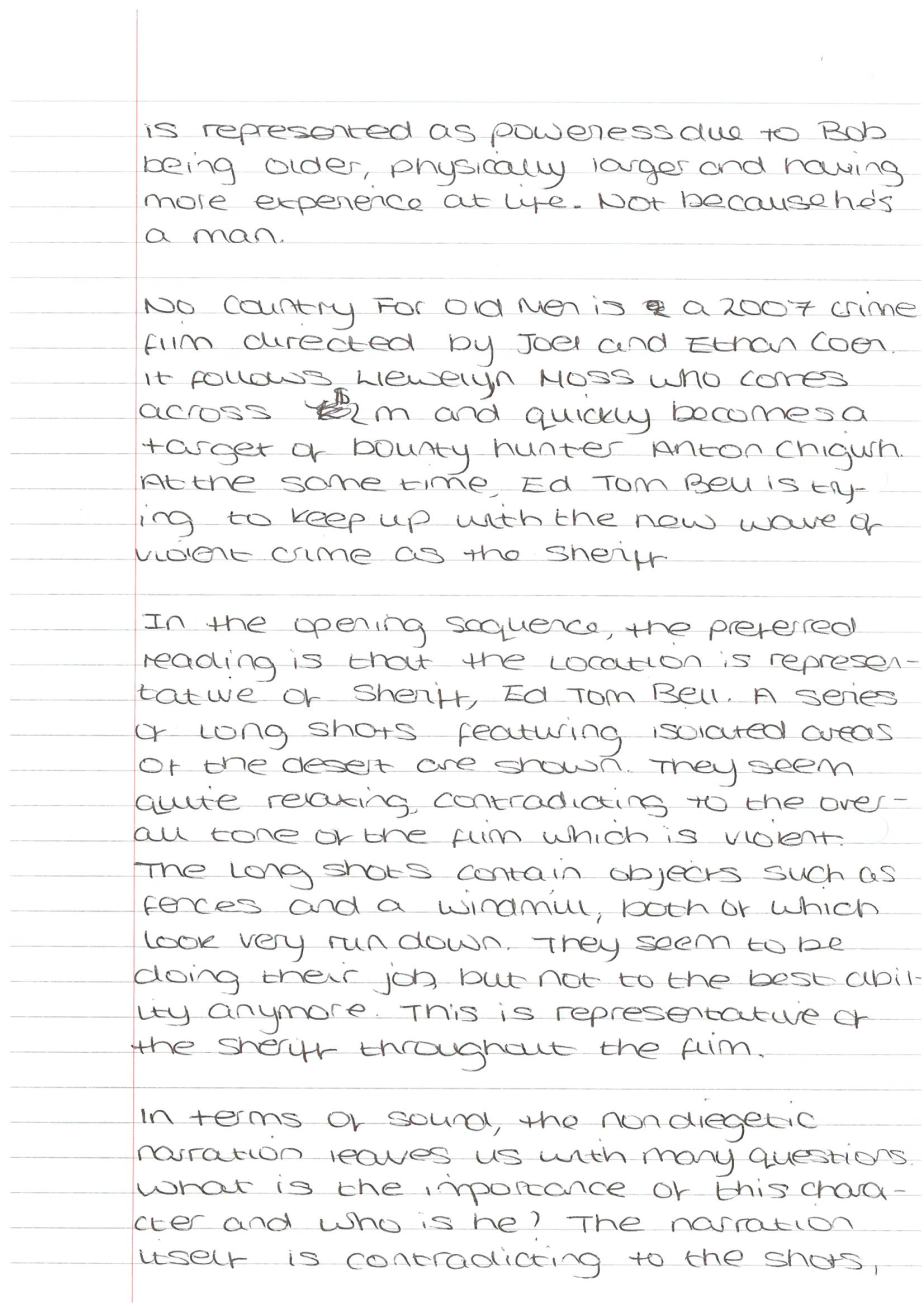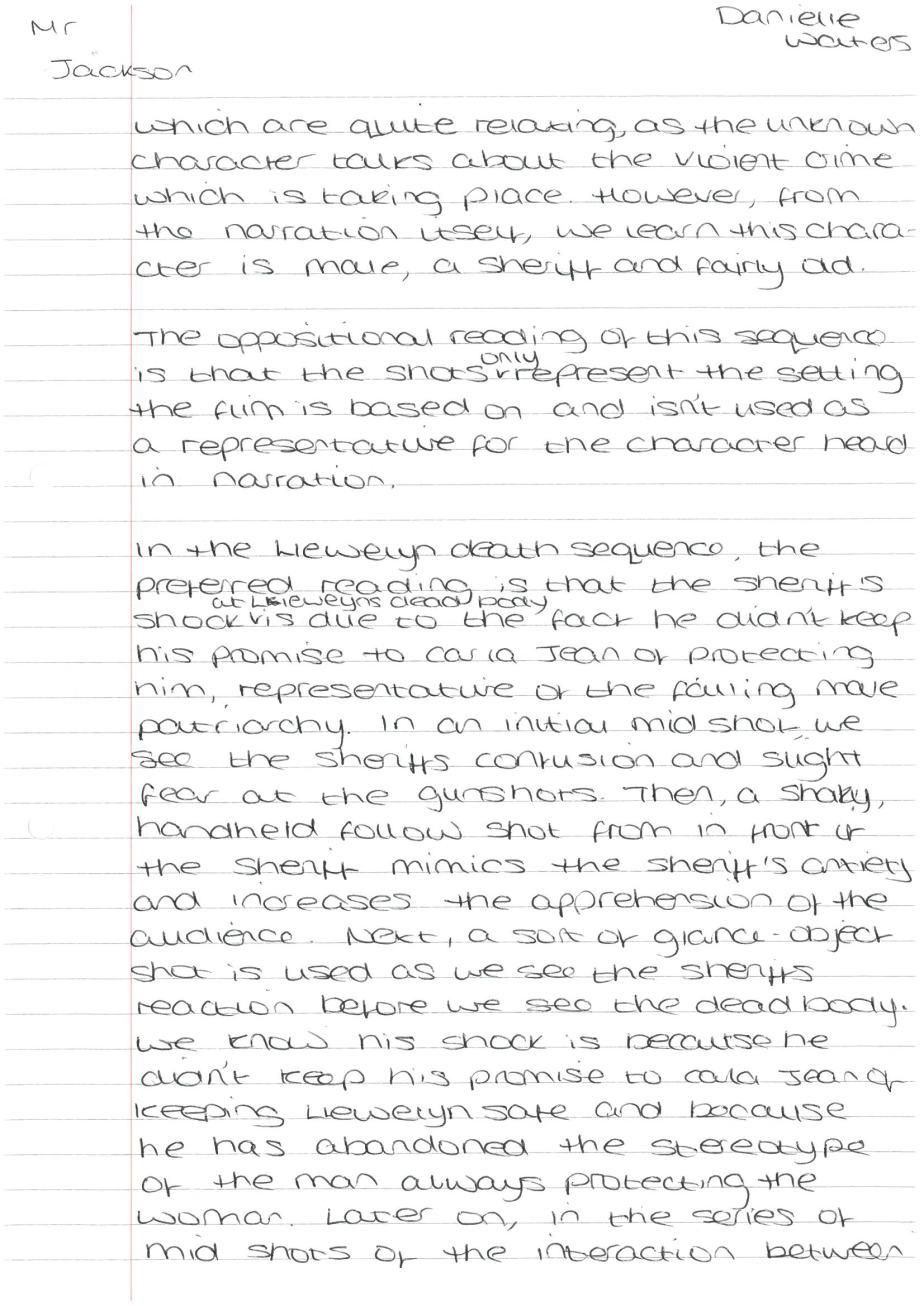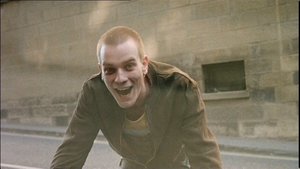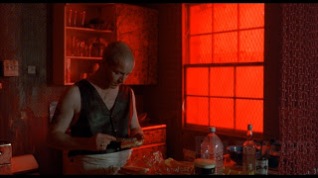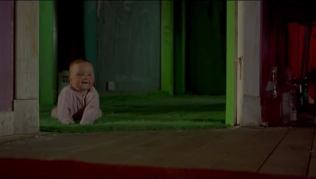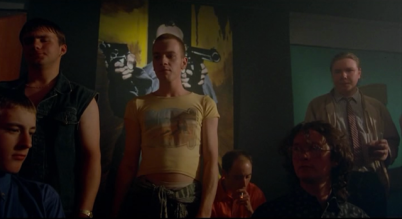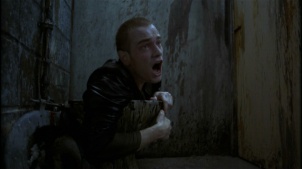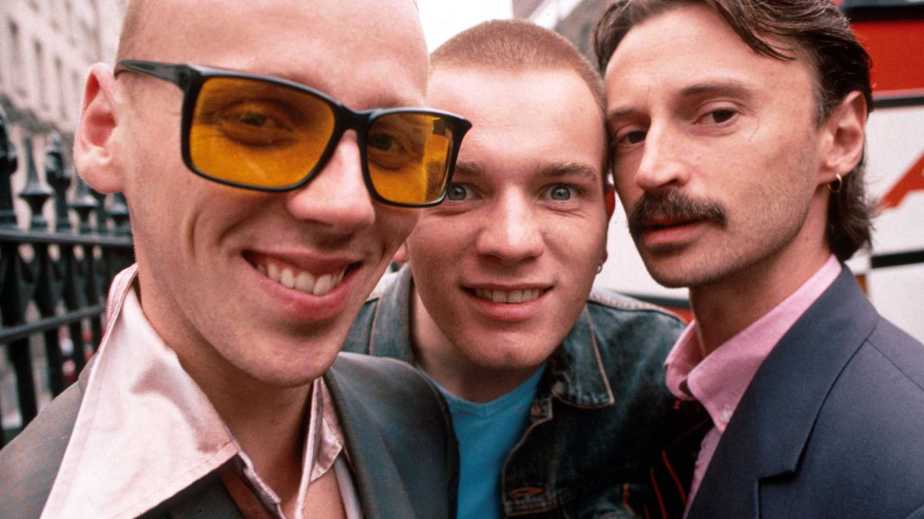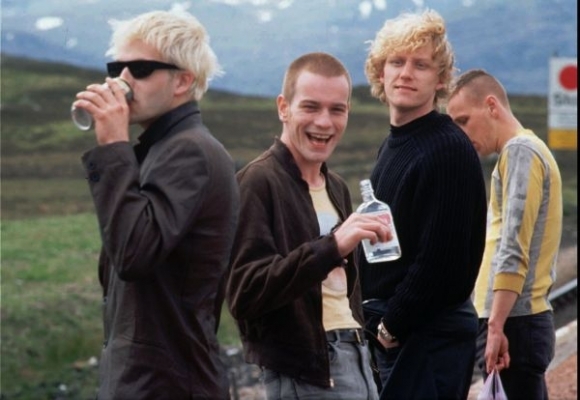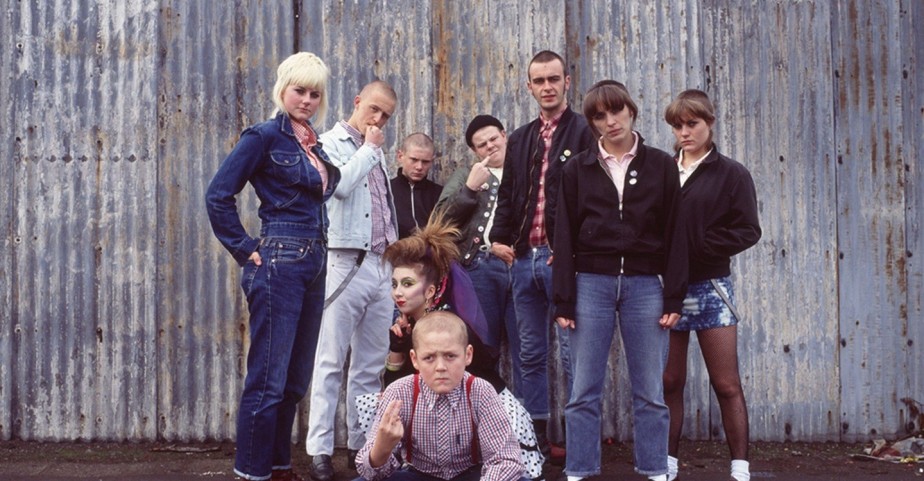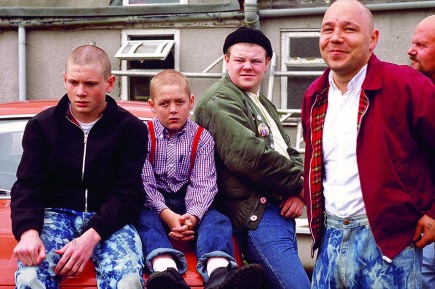Essay:
In terms of films, an audience can be passive and active. A passive audience relates to an audience that simply just accepts the messages that the director gives them. The ideas and views given to us in the film are never questioned by us, the audience. An active audience is an audience which does not just simply accept a message given to them. They are actively involved in the film and bring with them their own feelings and opinions about certain scenes and characters. The way in which one person views a scene could completely differ from the way another person views a scene. However, at the same time, an audience can be both passive and active. One scene may be easily accepted but another may rely on having an active audience. Film makers often use the language of film e.g. cinematography/sound in order to encourage an active or passive audience.
Stuart Hall introduced the ‘reception theory’. This theory involved three readings of a film: preferred, oppositional and negotiated. A preferred reading relates to the reading that the director wants us to take from a film, scene or character. An oppositional reading is the opposite of this. The audience rejects the reading that the director wanted to give and makes their own. A negotiated reading is a mix between the two of these.
Audience positioning involves the position of the audience which can skew or adjust their view of a scene. This can relate to the angle of a camera shot. For example, a close up in an emotional scene can make the audience connect more with the character and relate to their feelings more.
The Uses and Gratifications Model says that we, as an audience, watch films for different purposes. The four purposes why we choose to watch a certain film is identify (we can relate to a character), education (we want to know more about a topic), entertain (the film gives you enjoyment and a form of escapism) and finally social interaction (the ability for media products to create conversation between people/the audience).
Winter’s Bone is a 2010 thriller film directed by Debra Granik, following the journey of Ree Dolly who takes care of her ill mother and two younger siblings. When she finds out her father has put their land up for bond and then disappeared, Ree goes on a quest to hunt him down and save her home.
In the specific squirrel sequence in Winter’s Bone, there is a preferred reading and an oppositional reading. During this specific scene, the audience is forced to be only an active spectator as there is no obvious message or meaning in this sequence. The preferred reading, the one which the director wants us to take from the film, is that the squirrel is a metaphor for Ree in a dream that she’s having. The audience associates this sequence with being a dream as it begins when we see her fall asleep and ends as we see her wake up. The squirrel in the sequence looks frightened, having its home taken away while the vultures stare over it. The squirrel represents Ree, with them typically being vulnerable, hardworking and resourceful just like Ree is presented in the film. The fact that the squirrel is having it’s home stolen away from it represents Ree having her home put up for bond with nothing that she can do about it. The vultures in this sequence, greedy and scavenging, represent the people trying to take away Ree’s home.
In terms of cinematography in the squirrel sequence, the shots are all in a black and white colour with a letterboxed, pillar boxed ratio. This means that the sequence is visually out of place so immediately tells the audience that this isn’t part of the regular, typical narrative itself, possibly not even part of the ‘real life’ of Ree. The rest of the film is in colour with a regular cinema aspect ratio. As well as this, the quality of the shots seems to be a lot lower than in other sequences. This gives the idea that it may have been filmed on video rather than film. Once again, the differing visuals gives the idea to the audience that this is not real life. Associating this sequence with being a dream, the harsh visuals along with discomforting score allows the sequence to not conform to the typical ‘dream’ sequence that we associate with Hollywood films which are usually light, dreamy and happy. This relates to the overall tone of the film which is quite dark, sad and tense.
An oppositional reading of this sequence would be that it is a representation of Ree’s future but not a dream at all. The squirrel is still a metaphor for Ree but has no personal connection to her at all. It’s something we, as the audience, see but she doesn’t. This is the reading that the director doesn’t want us to take from the sequence.
In the cattle sequence, the preferred reading is that this sequence is a representation of the hierarchy that we live in. The cinematography of this scene represents this perfectly. In the very first shot of this sequence, we see a mid shot of Ree entering the building fearlessly and confidently. At this point in time, we see a feminist representation, but the reality soon sets in. A little later in the sequence, there is a high angle wide shot at the top of the stalls with Bob Milton approaching the camera. Ree is placed, in this shot, at the bottom of the stalls (which are full of men). This represents the bottom of the hierarchy that she is placed in since she’s a woman. In this shot, Ree seems small, out of place, unnoticed by the men and invisible. While Bob seems to have all the power in this shot due to his physical position (at the top). Later on in this sequence, we see the physical positions change. In a low angle shot, Ree is placed above Bob on a walkway. Normally, this would represent Ree as being more powerful. However, she still presents little power due to the diegetic sounds used against her in this shot.
In terms of the sound in this sequence, the score at the beginning is loud with lots of men shouting, the sound of cages and animals making noise. For the audience, this sounds frustrating and overwhelming. Later on in the sequence, in the specific low angle shot mentioned earlier of Ree on the walkway, the diegetic sounds of her calling for Bob Milton are drowned out by diegetic sounds of more animals screaming and now a non diegetic score over the top which is very chaotic and overwhelming. This reflects Ree’s frustration and also shows Ree’s lack of power.
The oppositional reading of this sequence is one of a passive spectator. The sequence just represents Ree trying to find Bob Milton who is acting quite suspicious by ignoring her. There is no explicit representation of feminism in this scene at all.
No Country For Old Men is a 2007 criminal mainstream thriller directed by Ethan and Joel Coen, following Llewellyn Moss as he finds $2 million. The film then sees Moss be pursued by a psychotic killer, Anton Chigurh, who will not stop until he gets the money that he wants. At the same time, Ed Tom Bell (sheriff) tries to keep up with the new wave of crime and Carson Wells is also on a quest to find the money.
In the No Country For Old Men opening sequence, the preferred reading is that the shots of the location represent the Sheriff. This is the view of an active spectator. In terms of cinematography, we see a sequence of long shots of an quite an isolated area full of hills, grass and mountains. It all looks quite desert-like. The shots themselves are quite relaxing which contradicts to the tone of the film itself which is extremely tense and off putting at times. Objects in the specific long shots such as the turbine and the fences look very run down. They seem to be doing their job but aren’t of the best quality anymore. This is representational of the Sheriff, Ed Tom Bell. He does his job as the Sheriff but he is of little quality anymore since he doesn’t understand how the world works anymore. The lack of visual elements in the shots, apart from the turbine and the fences, leaves the audience with no choice but to focus on the non diegetic narration over the top of the shots.
In terms of sound in the opening sequence, the non diegetic narration over the top of the shots leaves the audience with many questions. We question the importance and relevance of the setting and whether it represents the speaker, talking about how he’s worn out. The narration itself is very contradicting to the relaxing shots shown on screen as the character (who we later find out is Ed Tom Bell) talks about the new wave of violent crime and now having to carry a gun around with him. Although there is no physical appearance of this character in this sequence, we learn from his narration he’s male, works as a sheriff, and is fairly old. All these questions aid in creating an active spectator in this sequence.
An oppositional reading of this sequence is that the shots of the location merely represent where the film is set in America and do not represent the character of Ed Tom Bell at all.
In the No Country For Old Men Llewelyn death sequence, the preferred reading is that the Sheriff’s shock is because he couldn’t protect Llewelyn like he promised Carla Jean. In this sequence, the Sheriff represents the failing male patriarchy. In terms of cinematography, at the beginning of the sequence, we see an initial mid shot of the Sheriff’s reaction after hearing gunshots. He seems confused but we can also sense a bit of fear since we know he isn’t used to this kind of crime. When the Sheriff gets out of the car, a shaky handheld follow shot from in front of the Sheriff is used. The shakiness of this shot represents the fear of the Sheriff and at the same time increases the tension of the audience. Our anxiety increases as the Sheriff’s does. Next, we see a sort of ‘glance-object shot’ of the Sheriff’s face before we see Llewelyn’s dead body. This increases our apprehension as we wonder what is in front of the Sheriff. Later on in the sequence, the mid shot of the interaction between Carla Jean and the Sheriff when he takes his hat off is in order to show his respect to Carla Jean and apologise for not keeping his promise of not hurting her man.
An oppositional reading of this sequence is that the Sheriff’s shock is only due to seeing a dead body, not because he feels guilty for not protecting Llewelyn. When he sees Carla Jean later on in the sequence, he takes his hat off only as a sign of respect sign her husband has just died. He doesn’t do it in order to apologise for not keeping his promise.
In conclusion, it is easy, through being a passive or active spectator, for one viewer to approach a character in a completely different way to another viewer by bringing their own views, experiences and opinions to the film. In this essay, I have proven that both Ree in Winter’s Bone and the Sheriff in No Country For Old Men can both be viewed in completely different lights depending on how you approach a film/sequence with theories backing up this idea.


.jpg?bwg=1547476108)
.jpg?bwg=1547476108)





